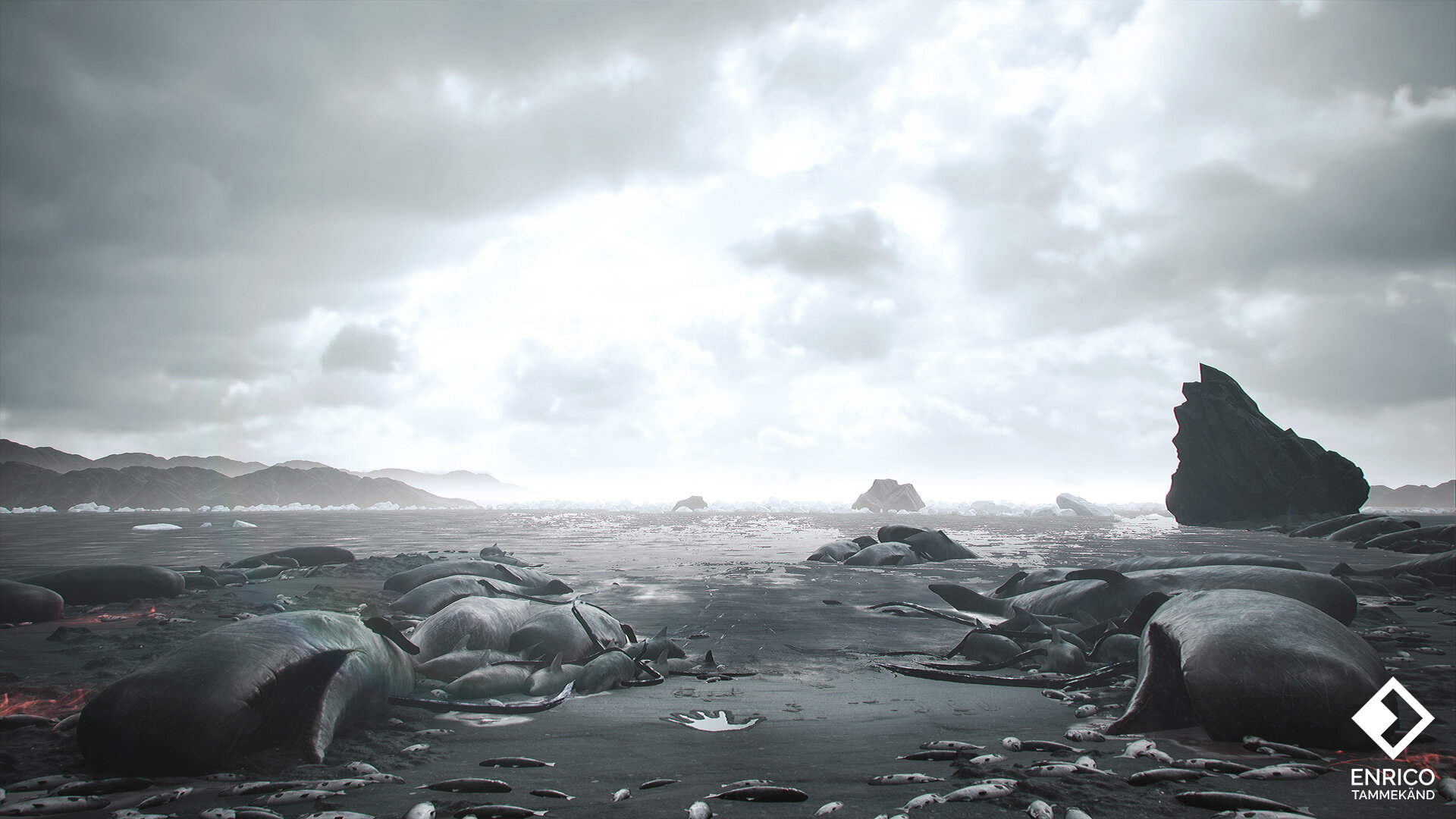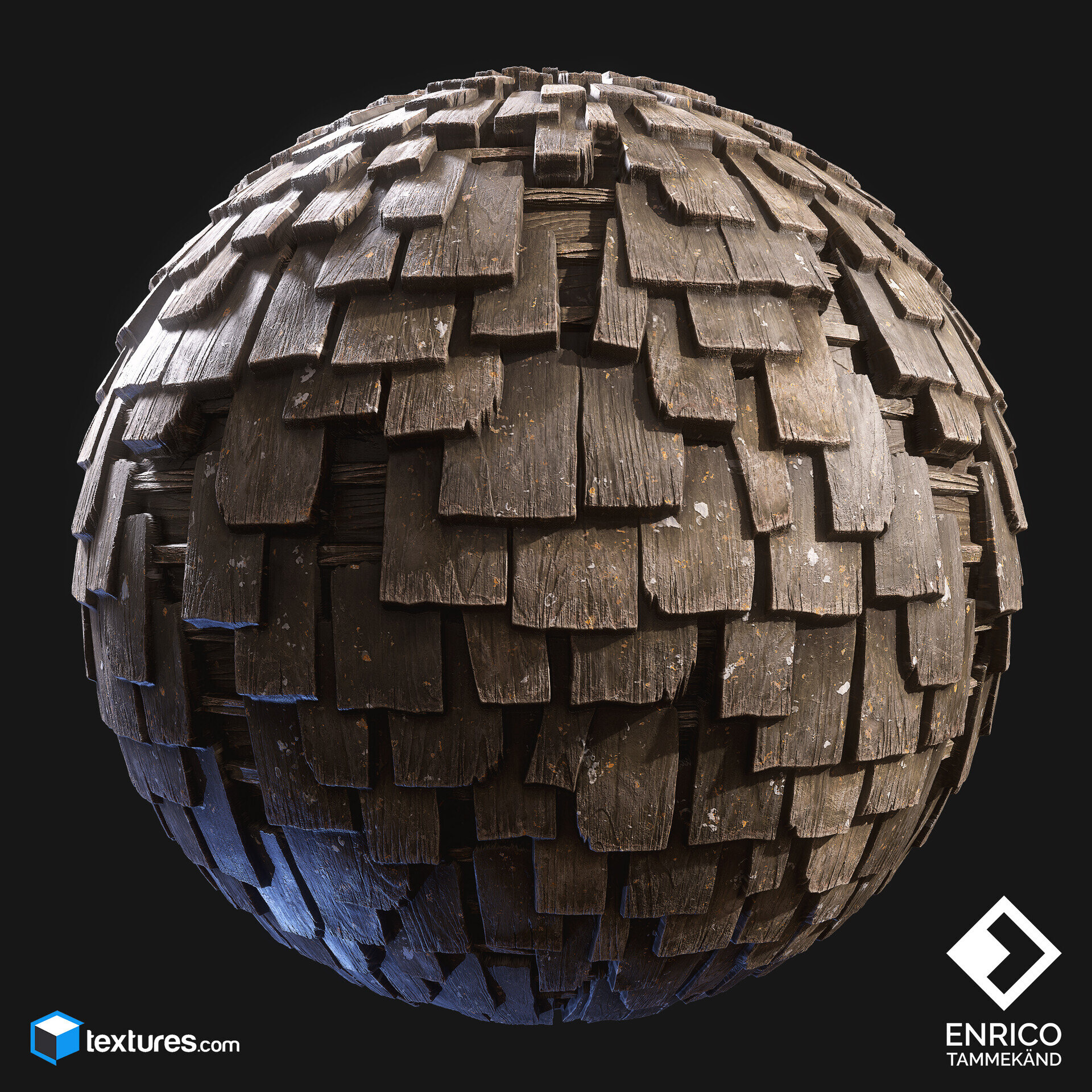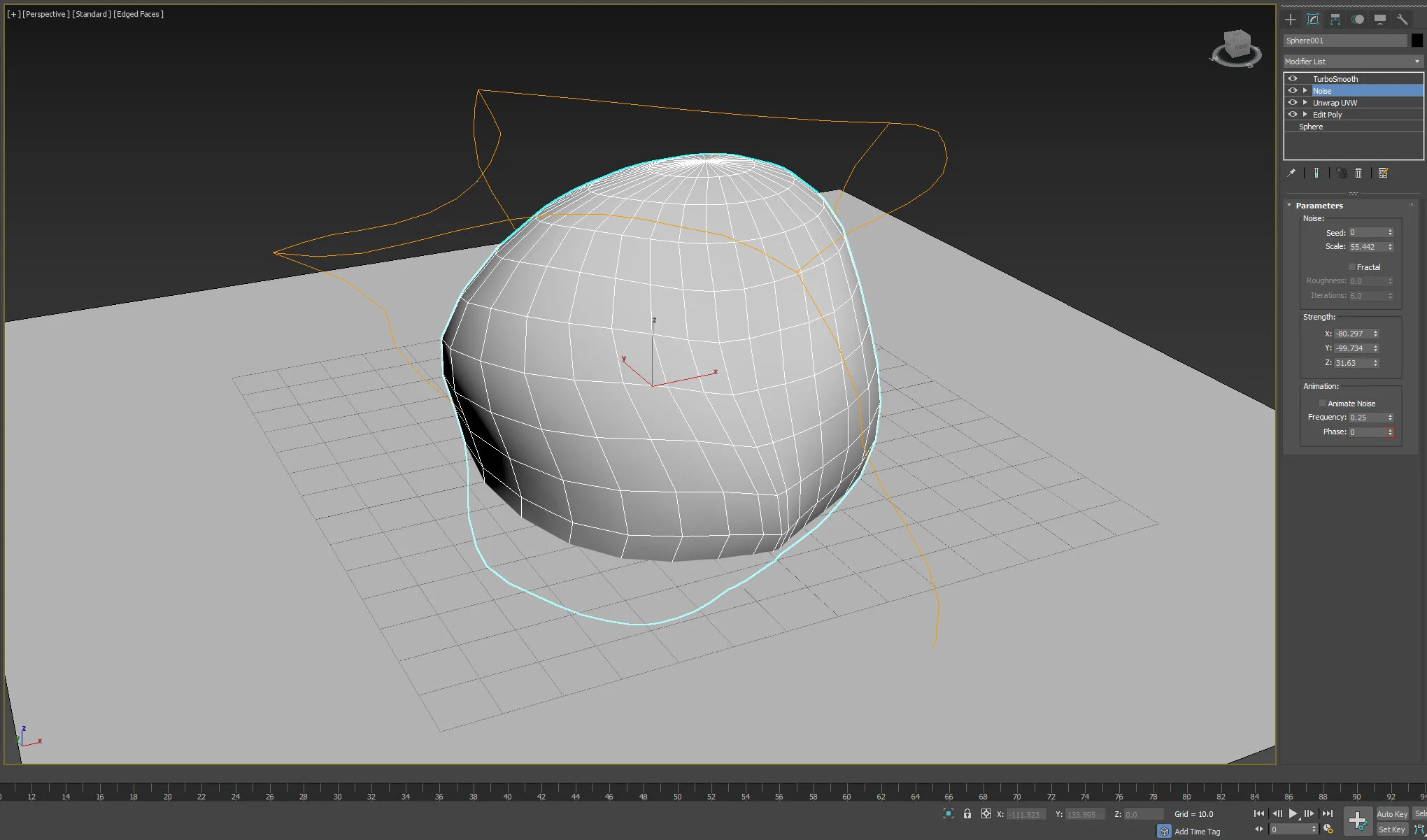SELF TAUGHT MATERIAL ARTIST
Enrico Tammekänd is a self taught Material Artist and has made a name for himself. Explore this article where he talks about his path to becoming a Material Artist, his approach to creating materials, presenting them and how he gives back to the industry through livestreams and tutorials.
Introduction
Hey there! First of all, I’m super glad that you are having me here! My name is Enrico Tammekänd and I am a self-taught Environment and Material Artist from Pärnu, Estonia, currently living in Barcelona. I moved here as I got a position at Ubisoft as a Texture Artist and then moved along to working as a freelance artist at Textures.com and just recently I got a new job at Counterplay Games as an Environment Artist, working on a game called Godfall.
Me landing into game industry was just pure luck. I saw a random video about GameMaker, which lead me to create my own 2D platformers years ago. And from there I started researching more and more until I stumbled across Maya which was my first experience in 3D. So I figured to try that out as well and within a week I was loving it! I had no idea what I was doing and how to navigate the software but I just loved the idea that you could create your own 3D models with the quality that you yourself desire the most to see. Although it was just a mere coincidence that I found something that I truly liked, I am loving every second of being in the game industry, especially for the amazingly talented people that I have had the chance to meet and the opportunities I have been given.
Material Artist Portfolio
To be honest, I actually hated texturing. Like seriously hated it. I even tried out applying to indie studios asking if I could just model for them, which is of course something that nobody ever wants. But that mindset made me realise that if I ever wanted to succeed in the gaming industry, I had to learn it. So I took a few months with every day watching videos, creating UV’s, browsing forums, texturing assets, finding new workflows etc. with a goal to teach myself everything about texturing. Through that time I stumbled across Substance Designer every now and again but at the time I was just thinking that yeah, I wouldn’t find any use for it. Oh if I would’ve only known back then that Designer would become my main software of use on a daily basis.
So, since I wanted to learn every aspect of texturing, or at least give it a try, I opened up Designer, watched a tutorial by Rogelio Olguin and that’s when I saw the full potential of material creation. Of course at that time I sucked at them so badly. But in order to improve, I needed to try again and again. Also, I got a lot of feedback and criticism for my earlier artworks, but truly, if someone ever has constructive feedback about your work, don’t take it as an offence. You will learn from it and refine your skills with the next artwork. At least that helped me to get to where I am today.
Creating New Materials
When creating new materials, my thought process usually involves having macro shapes well defined. So I look for repeating patterns or bigger shapes, small offsets, e.g. what aged wood looks like, what kind of density gold or iron have etc. and based on that research I try working my way down from bigger shapes to micro details like surface noises. So I never have any fine details until I am satisfied with the overall feel of the material. References are still just guidelines to me as Substance Designer allows to create infinite versions of creative materials so why limit ourselves with an exact picture?
Or at least that's my take on it. Of course there are times when I need to create something exactly to reference and those materials do take quite some time if all the small details are needed to be done exactly the same.
Very rarely I photograph my own references as nowadays there’s so many reference products up on Gumroad, Artstation Marketplace and of course Textures.com, that I just don’t have the need to have my own pictures unless it’s something like asphalt which is just walking outside for a minute. But I would really like to do that more often to be honest, travelling somewhere nice and just taking tons of pictures for my artworks.
The most important thing for building a good looking material is to not give up. Every artwork starts off from an empty canvas and what I see a lot when people contact me and ask for feedback is that their materials are starting off super well, most of the times they have details that I have no clue how they did them, and then midway through nothing makes sense anymore as they tried to fast forward and just be done with it. So the secret in my opinion is to observe your references, work from those details and don’t stop half-way through.
Take one of my artworks, “Stone Mason Elevator” for example. Almost the entire material was done throughout my live stream so you can see every step that I took to create it and should show that I struggled a lot at the beginning and felt like I wanted to just finish the material up already. But you can see that I literally brute forced my way through. The streams both went on for around 5 hours straight which should also demonstrate that it takes time and effort to build a material, making the elements cohesive and the overall feel believable. In my experience you will never create a believable material or any artwork in that sense, within an hour when you open up the software. Art takes time and patience is the key.
Doing a breakdown of the material would be a tutorial on it’s own so I hope that you guys will be looking through my process on my Twitch and you can download the entire material from my Gumroad as well.
God of War Fan Art Substance Buildup Process
Eroded Sandstone Presentation
I created just a basic sphere in 3ds Max and used a Noise modifier on it. Before that of course I made the UV’s but with a simple noise to deform the shape mixed with the height map form the material itself, I was able to achieve a decent sandstone look that I was looking for. While having 3 of them and just by rotating and mixing them together, I was able to come up with some interesting results that can be seen in the final presentation.
First Pass with assembled Maps
I just created a basic Sphere.
I converted it to Edit Poly and applied the default UV’s that the mesh already had.
Simple Noise modifier to deform the shapes.
Turbosmooth on top of everything to have better tessellation and I let the materials heightmap do rest of the work.
Final results with this mesh.
Common Challenges
I think one of the biggest challenges that I find myself struggling with with material creation is trying to replicate the exact reference. As an example, if you are creating a cliff material, you will have a trial and error period where you just try and find the best look for your height map. Once you achieve that, everything else just starts falling into place and you will have a super cool piece of portfolio artwork.
But with following exact reference means you can’t use all the extra details that would create the material 10x more unique and noticeable. You are forced to work on what you are given. This is one of the best practices that I have found as you start to notice details that you never thought were even there in the first place. But it is very challenging to keep yourself from going crazy with unnecessary details and only focus on what you were given.
Tutorials and Livestreams
I am actually teaching everyone my own workflows, or secrets if you want to call them that, exactly the way I work on a daily basis. I don’t hold back on anything. My idea with the Substance Designer streaming is that when I started to learn 3D there was nobody giving free lessons or any kind of guidance. I even reached out to some of the industry people who wouldn’t reply back to me, even to this day. So the livestreams for example is me having fun, entertaining the people who watch it and teaching them, who are willing to spend their time with me, with everything I know for free.
People have asked me if I’m scared that others will steal the workflows and create their own super cool artworks and steal the job that I could’ve gotten. But my thoughts about that is this, if there is someone out there that is able to take my workflows and apply them in a better way by creating amazing artworks, then by all means they do deserve a nice job!
I do the livestreams as something that I personally enjoy and I’m not putting on any gimmicks or looking for acknowledgement. But then again, I do hope that if someone builds their materials based on the streams, at the very least, mention me :)
Same goes for my tutorials. I don’t see the point of hiding anything. But I do practice everything before recording as people will be paying for the content and I want to provide the best service that I’m able to.
Advice and Tips
My advice to anyone who is stepping into Substance Designer, or even in any new software, give yourself some time to understand and adjust to it. Take it easy and don’t think that if you’re not mastering your Brick Wall material within the first day, you’re never going to learn it. If you have been using Unreal Engine material editor, you will feel at home. It’s very similar to it and actually the overall learning curve is very easy.
The software is node based, meaning you can change everything, so don’t be afraid to try out new ideas. If something doesn’t work out, just change it. It’s that simple. That’s why I like it so much because I have thousands of ideas flowing in all the time and with Substance Designer I am actually able to try them out without being afraid that I might break the entire artwork.
And for my last suggestion - just have fun guys! That’s how I entered into the industry, and yes, I lost my way at some point but now I’m having fun again. If you do something that you are passionate about, you will conquer any obstacles in the way, especially when you’re having fun and enjoying yourself.
C’mon, I grew up in Estonia where the game industry is non-existent, I started out of mere interest in game art creation without any prior education or knowledge and just out of that curiosity and having fun with what I was doing, I was able to get into the actual game development world. If I was able to do it, then anyone can! And as always, I never turn down any messages that anyone writes to me, so feel free to start chatting with me or ask feedback!
Thank you again for having me and stay awesome!






























